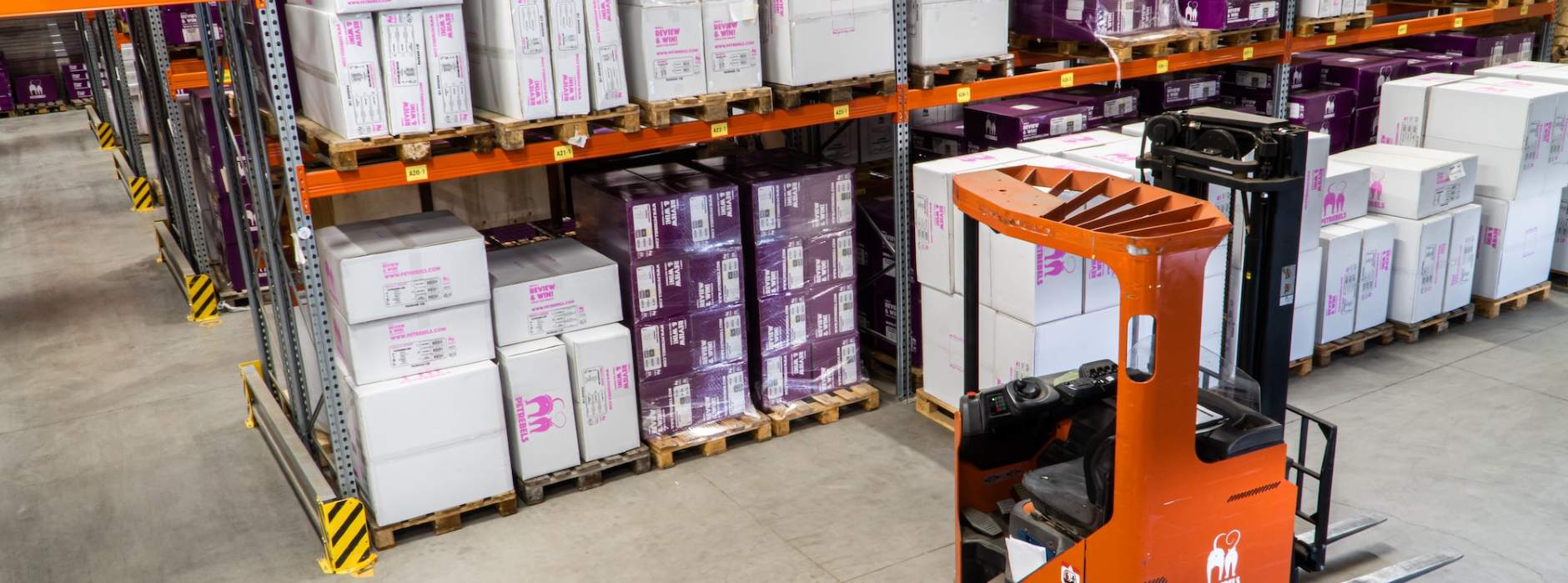Ten years ago, industrial and logistics warehouse assets were generally considered to be a bit of an afterthought in many investors’ portfolios: thought to be ugly and dull ‘boxes’ next to more glamorous better-performing real estate investments such a prime office buildings or shiny shopping malls, some (although by no means all) investors bought them in order to fulfil a need to diversify and spread risk across a range of assets in a property portfolio.
A decade on, however, and having seen the boom the sector was already undergoing thanks to ecommerce acceleration due to Covid-19, industrial and logistics assets are front and centre in investors’ minds. Yields are now lower than those on many retail assets and at the same level, or just above, those for offices.
But, as much as these boxes are now an established and respected asset class in their own right, we shouldn’t get complacent about their future. Yes – ecommerce looks like it is impenetrable on its upwards-only trajectory, driving demand for space and keeping rental income high – but if we learn anything from the problems that are currently facing some in the retail sector, it is that you shouldn’t take anything for granted. Technology and social trends continually evolve and warehouse landlord and occupiers need to respond to and change with them.
At some point ecommerce will hit a saturation point and plateau. In a number of consumer sectors it could (potentially) even reverse: in certain geographies trends towards ‘slow fashion’ and calls to encourage consumers to buy less have moved from being considered fringe views to into the mainstream, as we all look to address climate change and have realised during various pandemic lockdowns that we perhaps didn’t need as many outfits as we first though.
Online retail also generates a significant amount of packaging, with home deliveries producing notable carbon emissions: US reverse logistics operator Optoro estimates 25 per cent of returns are destroyed or end up in landfill. Pressure to reduce these figures is likely to ramp up as various governments’ net carbon targets get closer and new regulation is introduced.
In the UK, there are also calls to rebalance competition between Amazon and high-street retailers through changing the business rates system (although to find a solution that doesn’t penalise retailers who sell online but also have a bricks and mortar presence is yet to be arrived at).
Environmental concerns and issues around the size and power of some global online retailers will not derail ecommerce, but they are likely to lead to retailers reorganising their logistics to minimise deliveries or to accommodate recycling, which will change the type of space they need.
Anticipating and evolving to meet these challenges will ensure that warehouses retain their prime position as popular real estate assets.
Further information
Read more Impacts: logistics – thinking inside the box


.jpg)





.jpg)

.jpg)